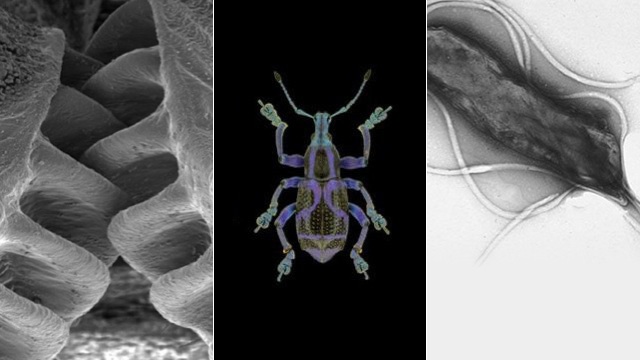The natural world might be awe-inspiring, but that’s not to say that it doesn’t share similarities with the technological world that we inhabit. In fact, as biologists have come to look at creatures in closer detail, they’ve discovered that some of them have been using basics of engineering — that we now take for granted — all along. Here are five of our favourite creatures that have evolved into biological machines.
Beetles That Screw
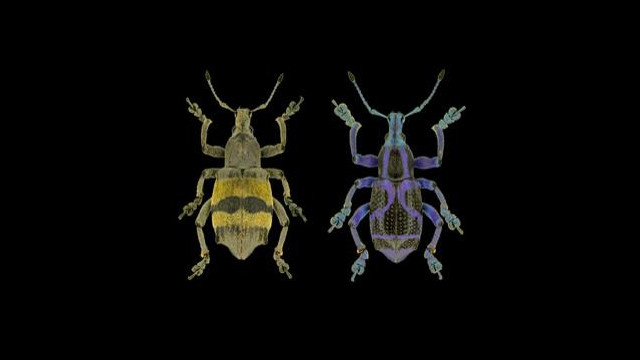
The weevil tends to get a bad press for damaging crops and feasting on our food — but biologically speaking, they’re actually a bit screwed up. Literally. Take a close look at the Trigonopterus weevil and you’ll find that its legs are unlike those of any other creature: they’re actually screwed into its body. The top part of each leg is attached to a small part called the trochanter. In turn, the trochanter is screwed into a part called the coxa, which is similar to a hip. It means the articulation of the joint is completely different than a human’s, giving them strong legs that twist with incredible ease — perfect for the climbing that the bugs undertake.
Planthoppers With Gears
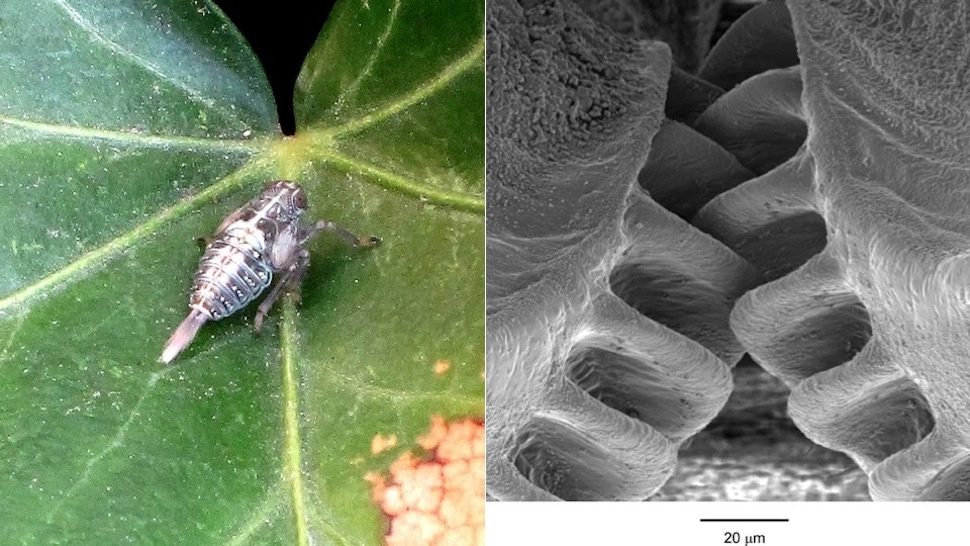
Just recently, a team of biologists from the University of Bristol, UK, discovered that the adolescent issus — a kind of planthopper — uses an ingenious system of natural gears on its legs to jump higher and faster than you could ever dream of. When we jump, we depend on our nervous system to tell our legs how to stay together in a constant feedback and adjustment loop. The issus, however, uses tiny gears to lock their legs together, so they remain safely in that position before their brains can even register what’s going on. The result? The insect can hit an acceleration of 400 gs in two milliseconds flat. In comparison, you lose consciousness over 5 gs. Now, the researchers even think the legs might inspire new types of gears for use by us humble humans.
Extruding Spiders
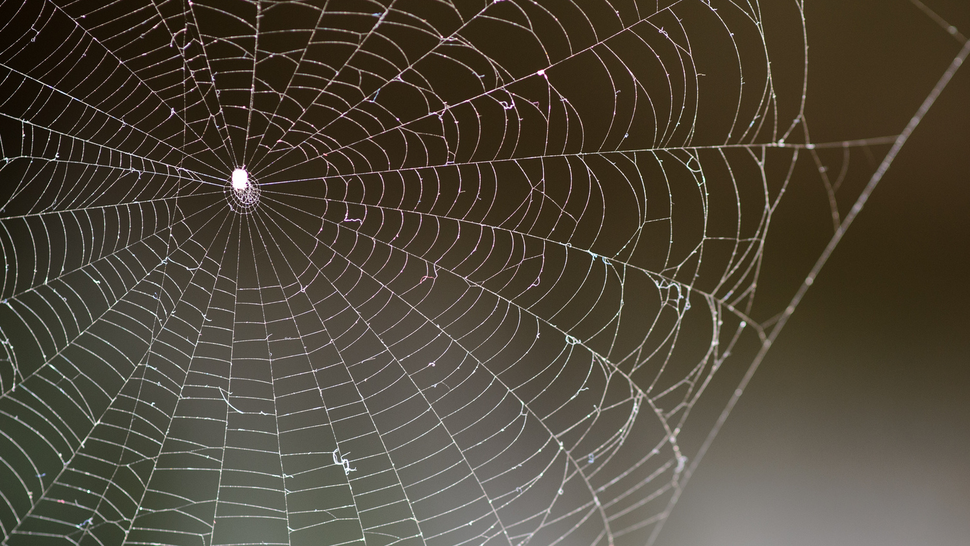
If you’ve ever fooled around with Play Doh or thought about how pipes are made, you’ll probably be comfortable with the concept of extrusion: The process used to create objects of a fixed cross-sectional profile by pushing material through a die. Well, it turns out that spiders got there well before us. When they spin their silk — composed primarily of a protein called fibroin and bound together by a sticky protein called sericin — they secrete the proteins, initially in liquid form, which then harden. Crucially, the silk keeps coming as the strand is drawn away from the body. A spider uses its body weight to extrude the stuff — strictly pultrusion, yes, pedants — but the whole process is exactly the same as that used in factories the whole world over.
Bacterial Power Boats
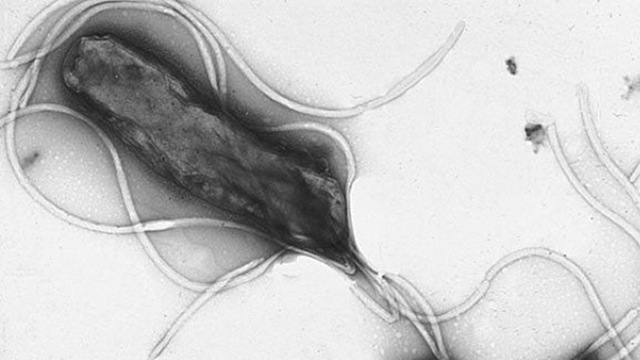
It’s not just big insects that have evolved into machines either: Take a look at some bacteria under a microscope, and you might surprised at what you see. The bacterial flagellum, for instance, is one of the most complex pieces of biological machinery to ever be discovered — a kind of microscopic power boat. New Scientist explains how it works:
The heart of the flagellum is the basal body; essentially a rotary motor embedded in the bacterial cell wall. The motor has a series of rings, each about 20 nanometres in diameter, with a rod inside that is free to rotate a full 360 degrees. Attached to the rod is a curved “hook” protein linked to a long whip-like filament. This filament is 5 to 15 micrometres long and made of thousands of repeating units of the protein flagellin. The motor is powered by the flow of sodium or hydrogen ions across the cell wall.
In fact, when ions flow, this little thing can spin around at speed of up to 1,000 rotations per minute. That’s more than some wrecked old cars can manage.
The Crocodile’s Cogs
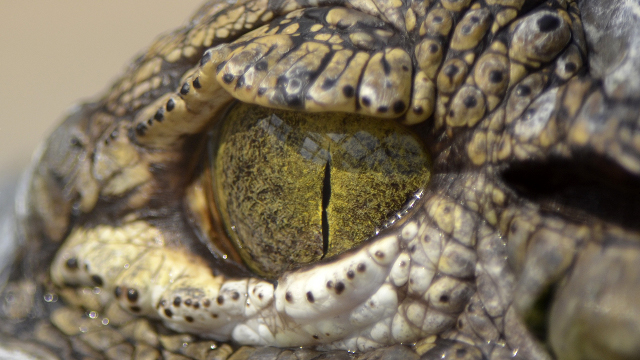
From small to large: While it seems unlikely, crocodiles don’t just have one set of teeth at their disposal. Hidden away in the cardiovascular system of these large reptiles are a series of cogs that can be used to help divert blood. Special valves, powered by rudimentary cogs, are able to divert blood away from the crocodiles’ lungs to their bodies, controlled by the amount of adrenalin in the bloodstream. It’s a mechanised version of a shunt — a medical term for a device that allows bodily fluids to be redirected — and it means that the crocodile can make more efficient use of its blood depending on the situation it’s caught up in.
